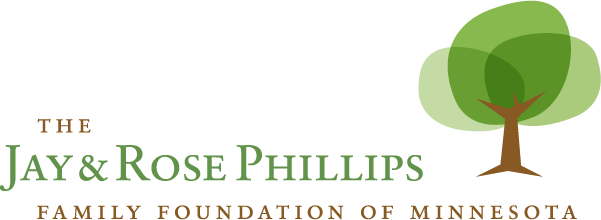What will school be like when students return in the fall? It’s the question on the minds of every parent and educator (and perhaps fleetingly on the minds of students enjoying summer break).
Even at this late date (mid-July) no one fully knows. Will schools offer mostly in-person instruction, mostly distance learning, or some hybrid blend of the two? The Minnesota Department of Education (MDE) will release guidelines about how schools can reopen the week of July 27th. This will no doubt trigger intense planning in local districts and schools as they determine how they are going to implement MDE’s guidelines.
But there is one thing we know for certain: providing distance learning will be part of every school’s plan. MDE has already stated that schools must provide a distance learning option for any family that requests it. So, whether just a few students are learning remotely or every student logs on from home, all schools must be ready to educate students remotely this fall.
Since distance learning will be a reality for every school, shouldn’t we be talking about how to do it well? To date, much of the public conversation about the 2020-2021 school year has focused on the logistics of managing public health. But the whole point of this thing called school is to help students learn and develop. Just keeping everyone safe from COVID-19 is not good enough.
How do we redesign distance learning? One important step is to listen to families.
To that end, in May, The Jay and Rose Phillips Family Foundation of Minnesota commissioned a survey that gathered in-depth feedback from nearly 100 Twin Cities area parents. While surveys administered by the Minnesota Department of Education and the Star Tribune attracted many more responses, our goal was to deeply listen to diverse families and those with lower incomes. Black, Asian, Native American and Hispanic families made up over half of our respondents, and 59% of families reported that they qualified for free or reduced price lunch. We used open-ended questions and post-survey focus groups to reveal the ideas and experiences of respondents. Please read the executive summary and full report to see all of the findings.
Here are a few highlights:
Half of the families in our survey reported that distance learning was not engaging for their children, and 36% said it was not challenging.

Most students had infrequent real-time interactions with their teachers.

As of late May, a troubling number of students (15%) had had no social interaction with peers since distance learning began. Half did not interact with peers on even a weekly basis.

On a positive note, families who qualified for free or reduced price lunch were more likely to report that school staff were reaching out to them, and that they felt equipped to support their students’ learning.

While these data are interesting and perhaps helpful, we used this project to solicit much deeper insights and ideas from families. The 98 respondents provided nearly 40 pages of written feedback, and 17 parents participated in hour-long focus group conversations. From all of this input, we’ve developed the following recommendations for improving distance learning this fall:
- Schools must offer live instruction as often as possible, ideally on a daily basis.
- Schools must simplify and standardize the distance learning tools they use. Families and students were frustrated by the array of learning platforms used by different teachers and schools in the same district.
- Parents and caregivers need an orientation on how distance learning will work before the school year commences. And they need regular communication with educators to understand how they should be supporting their students’ success.
- If schools implement only distance learning, there needs to be an intentional strategy to facilitate peer-to-peer socializing. Too many students were isolated this spring.
We hope MDE, districts and individual educators will take the findings of this survey into consideration as they finalize plans for the fall. Version 1.0 of distance learning was implemented in a rush and, frankly, wasn’t that great. We owe it to our children to make sure that Version 2.0 is much better.
While the Foundation commissioned this survey, the work was done by our able partners. Ava Yang-Lewis at ACT Research developed the survey tool and analyzed findings. Tierney Carroll from The School Transformation Collaborative managed implementation and facilitated focus groups. Many thanks to both of them.
Join Our Virtual Town Hall Conversation to Learn More: Wednesday, July 22nd, 1:30-3:00 pm
The Jay and Rose Phillips Family Foundation of Minnesota is partnering with The Minneapolis Foundation, ACT-Research and The School Transformation Collaborative to host a virtual town hall conversation about this family survey. A panel of parents will provide their insights, along with the survey analyst. R.T. Rybak, President of The Minneapolis Foundation, will emcee the event.
Register here
